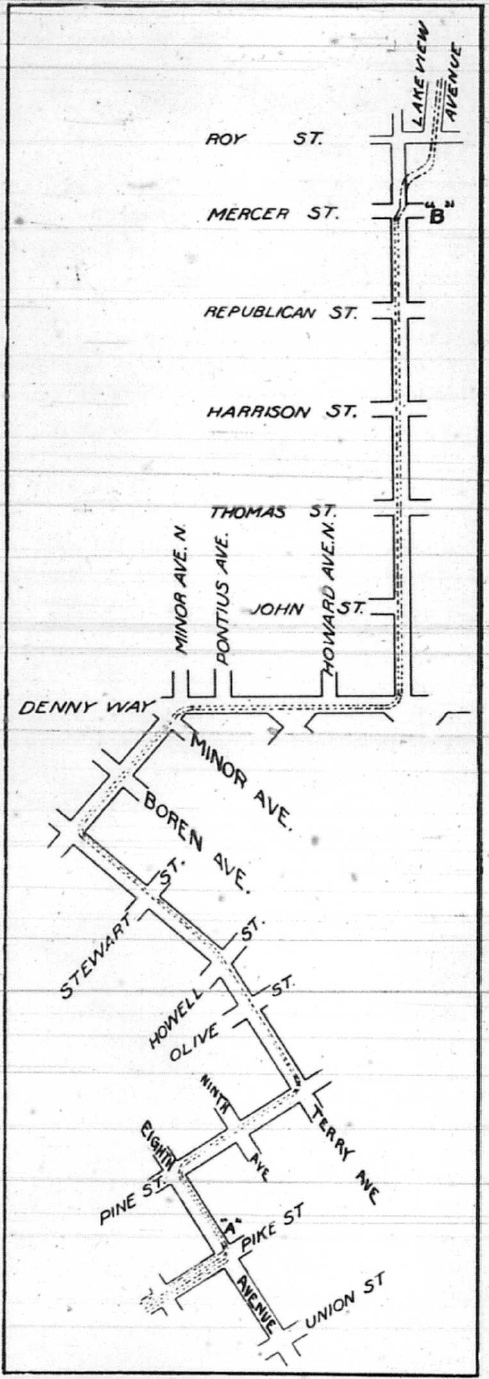Beginning at 9 p.m. tonight (Friday), crews are scheduled to close the 520 Bridge, including the trail across Lake Washington. Montlake Boulevard and the underpass trail to the Arboretum will remain open.
More details from WSDOT:
Heads up, travelers: Crews will work around the clock this weekend to remove the old Montlake Boulevard overpass and support structures. This removal over SR 520 will make room to build a new crossing and highway interchange. Crews will begin closing roads and ramps on Friday night, Oct. 22 and reopen by 5 a.m. Monday, Oct. 25.
Please note, we originally planned to close Montlake Boulevard and the Montlake Bridge, but those roads will remain open this weekend. Check the Construction Corner as we fine tune the details for the moving parts of this weekend!
Between Friday night and Monday morning at 5 a.m., the following ramps and roads will be closed:
- Beginning at 8 p.m. on Friday:
- The on-ramp from Montlake Boulevard to eastbound SR 520
- Beginning at 9 p.m. on Friday:
- All lanes of eastbound and westbound SR 520 between I-5 in Seattle and 92nd Avenue Northeast in Clyde Hill
- All SR 520 on- and off-ramps to and from Montlake Boulevard and Lake Washington Boulevard
- The SR 520 Trail for bicyclists and pedestrians across Lake Washington
- Note: The trail under SR 520 to the Arboretum will be open
Pedestrian and bike routes
Pedestrians and bikes will be able to travel north and south on Montlake Boulevard and across the Montlake Bridge. For safety, please follow the marked path on Montlake Boulevard. The SR 520 Trail across Lake Washington will be closed, but the pedestrian and bike path under SR 520 to the Arboretum will be open.









